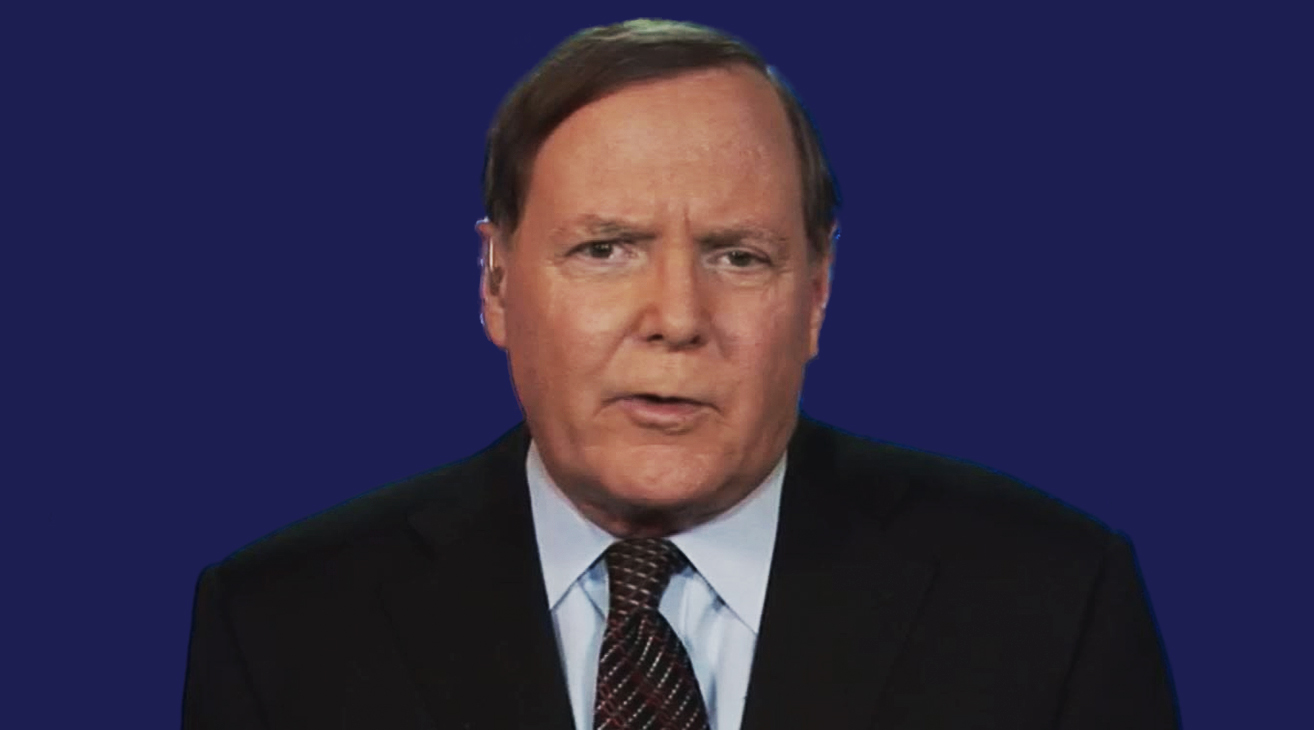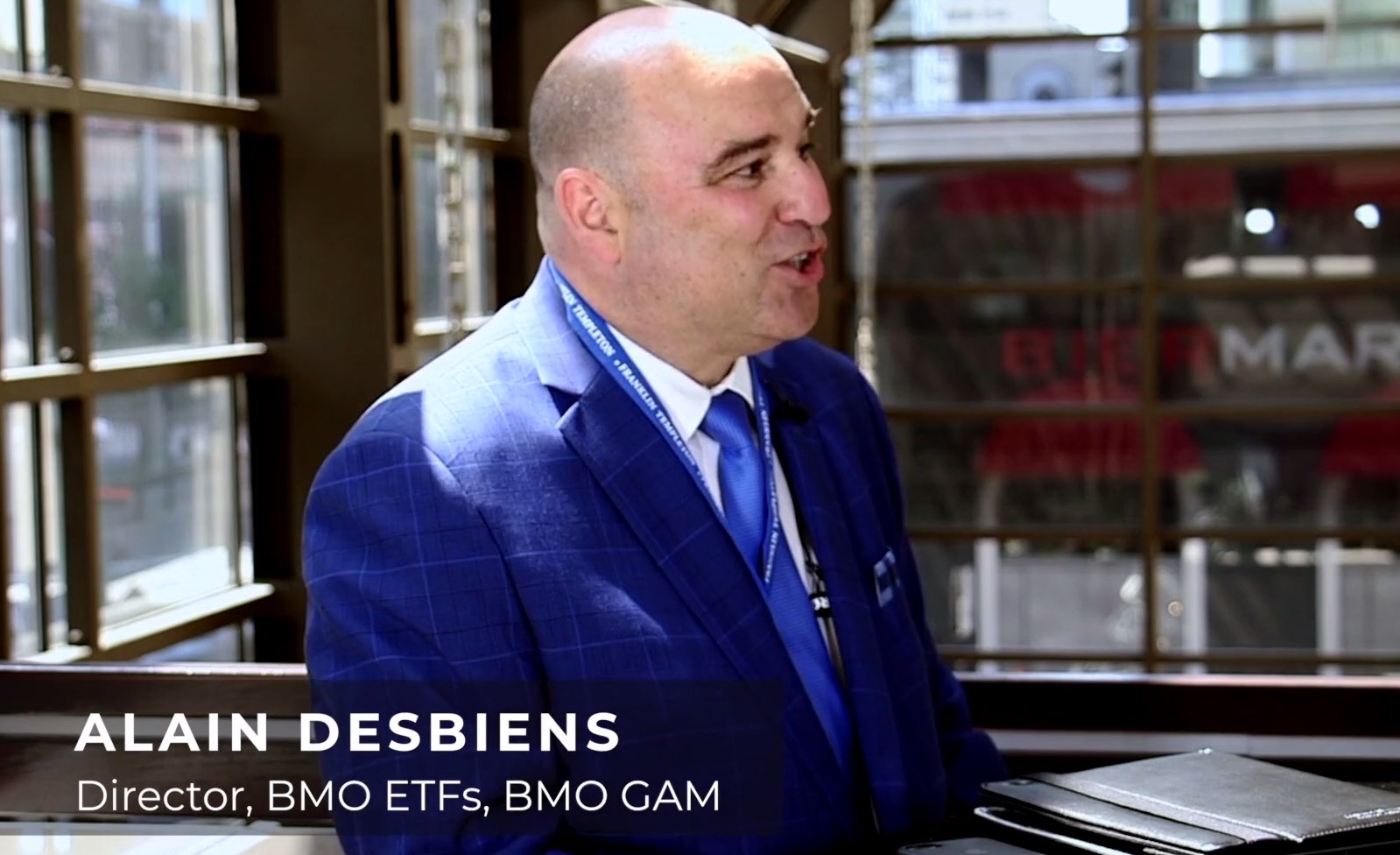by Jeffrey Saut, Saut Strategy
Greetings from Montréal one of my favorite cities in the World. The climes here are cooler than in Florida and the weather is perfect, which is a nice respite from Florida’s hear and humidity. I am here to see some institutional accounts and speak at an event in one of my favorite restaurants on Peel Street, namely Café Ferreira (https://ferreiracafe.com/en/).
Last week we were in Washington D.C. and Richmond, Virginia doing the same thing. The two ubiquitous questions we keep getting is about a looming recession and a concurrent bear market. As often repeated in these missives there is NO sign of any recession. In fact, the Present Situation Index has predicted every recession and it is still acting perky.
Recall, The Present Situation Index is a subindex that measures overall consumer sentiment regarding the present economic situation. This index is determined via a survey conducted by The Conference Board and is used to derive the Consumer Confidence Index. This is also sometimes known as the Current Situation Index.
Accordingly, we are unconcerned about a coming recession. As for the bear market question, it usually goes like this – we are into the longest bull market in history, so the stock market is on borrowed time. This statement is patently untrue unless you assume a 20% pullback in equity prices represents a bear market.
We do not embrace that view since there were numerous 20%+ pullback in the 1949 – 1966 secular bull market, but that bull market lasted 17 years. Moreover, the 1982 – 2000 secular bull market experienced the 1987 Crash, but the bull market extended for another 13 years. So hereto, we are unconcerned with a looming bear market. As our pall, and market wizard, Leon Tuey writes:
“You will like my upcoming report. In December 2015 the Fed raised the discount rate for the first time in the current recovery. Since then, pundits have been warning about a recession and a bear market. Starting last year, they blab about the inverted yield curve and their warnings got even more strident.
These folks behave like robots, always reacting to situations without thought. They react conventionally. They never bother to understand why the yield curve is inverted or whether they are using the correct yield curve. Is it ignorance, confirmation-bias, or for marketing purpose? It's probably all three.
Folks like Howard Marks, Jeff Gundlach, Ray Dalio, George Soros, David Rosenberg, Morgan Stanley, and many others have been bearish for two or more years. If they follow their own advice, I wonder how their clients have fared?
As I've said before, this great bull market which is the longest in history already, will continue to surprise all in terms of magnitude and duration. Although in its 11th year, investors are sitting on record cash and are fearful. How much higher and how much longer will it take before they get euphoric?
Remember what Sir John Templeton said: "Bull markets are born on pessimism, grow on skepticism, mature on optimism, and die on euphoria." Investors are not even pessimistic. They are outright fearful!”
We agree with Leon and are not concerned about a recession or a bear market. What we are concerned about is the sea-surface temperatures (SST) in the waters surrounding Florida and the potential impact on the Property & Casualty (P&C) insurance stocks. This summer the water temperatures are ~3° above normal. In fact, in some areas the water is 5° above normal.
While that does not sound like a lot, it is huge when it comes to spawning and sustaining category 4 and 5 rated hurricanes. Remember, cat 4 and cat 5 class hurricanes can develop very quickly and pack winds of up to 185 miles per hour. Given the dense population along the Florida coast this could be a bad year for hurricanes and a concurrent disaster for insurance companies. We own no P&C stocks.
So what else has happened in our absence? Well, we watched the Democratic debates. There were highlights and lowlights, but we thought the real winner of those debates was Tulsi Grabbard despite the fact we disagree with some of her potential policies. We also watched the President’s patriotic July 4th address from the Lincoln Memorial.
Love him or hate him it was a good, non-political, speech and we were shocked that ABC, CBS, NBC, followed MSNBC by not televising said speech. We cannot not remember any time in our 70 years on this planet such a thing has happened. What else? The President intends to nominate Christopher Waller and Judy Shelton to the Federal Reserve Board of Governors.
Shelton said that if appointed, she would lower interest rates to 0% in one to two years. Navarro said the Dow would hit 30,000 if Fed cuts rates and Congress passes a new Mexico-Canada trade deal. IMF chief Lagarde to take over the ECB when Draghi exits on October 31 and Ursula von der Leyen, Germany’s defence minister, as the next Commission president.
If the choices are endorsed by the European Parliament, women will steer the EU’s two most powerful institutions. Iran has breached the limit on its stockpile of enriched uranium set by the 2015 nuclear accord, state news agency reports. Charlottesville [his hometown] drops Thomas Jefferson's birthday as holiday.
In the way of a follow-up, about six months ago we were given an investment idea from superstar portfolio manager (PM) Amy Zhang the PM for the Alger Small Cap Focus Fund (AOFAX/$21.95), which up some 29% year-to-date. The name given was Avalara (AVLR/$79.56). At the time the shares were changing hands in the $20s.
Now they trade near $80, which has cause some of the folks that bought it to ask us if they should sell. Well if say you own 1000 shares, selling 100 or 200 shares probably makes some sense to rebalance the position. However, when Amy gave me the name she told me she thought it was a “ten bagger,” so we do not want to be totally out of this name.
Remember, Shopify (SHOP/$313.72)? About three years ago we were given this name in the $20s and a lot of our readers bought it. The problem was they sold it in the $30s, $50s, $70s and all of them were out of it before $100 per share. Now it trades over $300.
This is why when you get a really big winner you can trim your position from time to time, but you should continue to hold at least some of the shares.
The human nature to sell it all was discussed in a report we have penned many times over the past 49 years titled, “Do You Really Want to Be Rich?! The point of the report was that many investors just do not believe they are entitled to make large profits, so they sell when they think they have made enough. That’s a huge mistake.
As for the stock market, well the upside “stall” we have written about began on June 20th with the S&P 500 around ~2954 but ended shortly thereafter on June 26th with the SPX at ~2913. Clearly the stall did not last as long as we thought it would.
The subsequent rally has carried the S&P 500 (SPX/2990.41) out to new all-time highs accompanied by new highs in the Advance-Decline Line (breadth). Deteriorating breadth is a warning for a potential market top. Plainly, that is not happening here.
Therefore, with strong breadth, the New Highs swamping New Lows, good momentum, and Internal Demand well above Internal Supply we see no reason this stock market should not trade higher. Remember, we think the SPX can see 3200 by yearend.
The call for this week: Our measurement of Internal Energy remains constructive and is highly bullish. The S&P 500 looks to us like it has broken out to the topside of a bullish inverse head-and-shoulder chart pattern (see chart). According to Investopedia:
“An inverse head and shoulders is similar to the standard head and shoulders pattern, but inverted: with the head and shoulders top used to predict reversals in downtrends. An inverse head and shoulders pattern, upon completion, signals a bull market.”
Copyright © Jeffrey Saut












